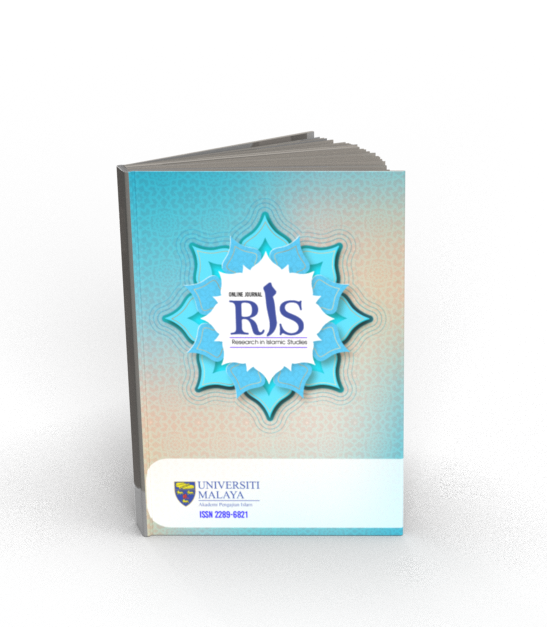Main Article Content
Abstract
Maṭla' in observing the moon crescent is an important process in determining the beginning of the Hijri month in Islam. From a fiqh perspective, the maṭla' of the moon is a significant issue that affects the Islamic calendar, especially in setting important dates such as the beginning of Ramadan and Hari Raya. The process of maṭla' involves thoroughly observing the moon's crescent to determine its visibility. This is typically done by experienced individuals who are knowledgeable about astronomy and the lunar cycle. They look for the first sighting of the crescent after the new moon, using specialized equipment or even with the naked eye with relevant criteria. The accuracy of this observation is crucial in determining the beginning of the Hijri month and the corresponding Islamic events. To determine the beginning of the Hijri month accurately, scholars form certain methods based on fiqh rules to identify the maṭla' of the moon. Different schools of jurisprudence have different opinions about the determination of the maṭla' of the moon, including the criteria for understanding relevant hadiths. A textual analysis has been done in this study to ensure consistency and accuracy in setting the beginning of Hijri month for matters of worship and celebration in Islam.
Keywords
Article Details
Copyright (c) 2024 Online Journal of Research in Islamic Studies

This work is licensed under a Creative Commons Attribution-NonCommercial 4.0 International License.
Copyright Notice
By submitting manuscripts to the Online Journal of Research in Islamic Studies (RIS), authors agree to transfer copyright to the journal. However, authors may republish their work or grant others permission to republish it; in which case it should be accompanied by a proper acknowledgment that the work was originally published in the Online Journal of Research in Islamic Studies (RIS). The journal adopt CC-BY-NC licence which authors may also share and distribute their article anywhere of non-commercial website, social media and repositories immediately on publication.
Authors may also reuse the Abstract and Citation information (e.g. Title, Author name, Publication dates) of their article anywhere at any time including social media such as Facebook, blogs and Twitter, providing that where possible a link is included back to the article on the journal site.
